Laser tattoo removal has become increasingly popular over the years, as more people seek to remove tattoos they no longer want. While the process of removing a tattoo with lasers has become more refined, many people are left wondering what happens after the treatment is complete. In this blog, we’ll explore what to expect after laser tattoo removal.
Immediately After Treatment:
Immediately after a laser tattoo removal treatment, your skin may feel tender, swollen, and red. This is normal and is a result of the laser energy penetrating the skin and breaking up the tattoo pigment. Your tattoo may also look lighter in color. You may experience some mild pain or discomfort, which can be alleviated with over-the-counter pain medication or a cold compress.
In the Days Following Treatment:
In the days following a laser tattoo removal treatment, your skin may continue to be tender and swollen. You may also notice that the tattooed area is scabbing or blistering. This is also normal and is a result of the body’s natural healing process. It’s important to keep the area clean and dry, and to avoid exposing it to the sun or any harsh chemicals.
If you experience scabs and blisters, as they heal you may notice that the tattooed area becomes itchy. It’s important not to scratch the area, as this can lead to scarring or infection. Instead, you can apply a moisturizer or ointment to help alleviate the itching. We recommend hydrocortisone cream for itching and aquaphor for healing. It’s also important to avoid strenuous exercise or activities that could cause excessive sweating or rubbing of the tattooed area. It’s okay to gently wash with soap and water but important to not submerge the tattoo for 72 hours. So no baths, hot tubs or swimming. This can slow down the healing process and increase the risk of infection.
Multiple Treatments:
Most tattoos require multiple laser removal treatments to achieve complete removal. The number of treatments required depends on the size, color, and location of the tattoo. Typically, treatments are spaced 6-8 weeks apart to allow for proper healing and removal of the ink.
After the final laser tattoo removal treatment, your skin may take several weeks or even months to fully heal. During this time, it’s important to continue to avoid sun exposure and harsh chemicals, and to keep the area clean and dry.
Scarring:
While laser tattoo removal is generally considered safe and effective, there is a minimal risk of scarring. This is more common in people with darker skin tones or those who have a history of scarring, specifically keloid scaring. To minimize the risk of scarring, it’s important to choose a reputable laser tattoo removal clinic and to follow all aftercare instructions carefully.
In some cases, the laser tattoo removal process may leave behind a faint shadow of the tattoo. This is known as ghosting and is more common with tattoos that are heavily saturated with ink. However, this can usually be corrected with additional laser treatments.
In Conclusion, laser tattoo removal is an effective and safe way to remove unwanted tattoos, but it’s important to be prepared for what to expect after treatment. It’s normal to experience some tenderness, swelling, and redness immediately after treatment, as well as scabbing and blistering in the days following. Multiple treatments may be required to achieve complete removal, and there is a risk of scarring. However, by choosing a reputable clinic and following all aftercare instructions carefully, you can minimize the risk of complications and achieve the best possible results

